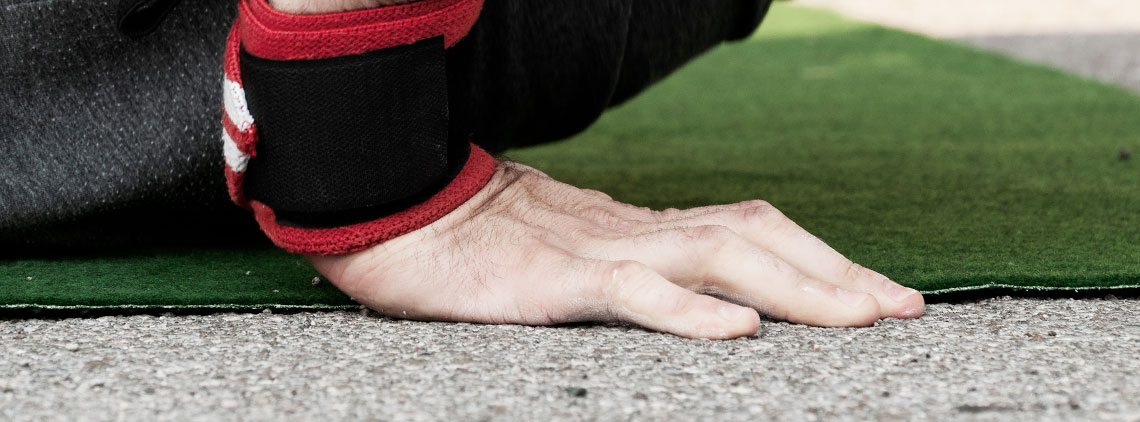
Overview
The triangular fibrocartilage complex (TFCC) is the soft tissue that supports the joints between the end of the forearm bones. This increases stability in your wrists and forearm. It also connects the forearm to the small bones on the pinky side of the wrist and creates a cushion. Its tough fibrous tissue and cartilage support the stability of the joints between the forearm bones.
What Causes a TFCC to Tear?
There are two types of TFCC tears – degenerative and traumatic.
- Degenerative. The first is through normal wear which is the most common cause and not seen in younger people. Repetitive gripping can accelerate this condition. Tears in the tissue can occur with minimal force.
- Traumatic. The second type of tears can happen due to an injury. Examples of injuries are a fall on the hand or wrist, a twisting injury, or a fracture at the end of the radius. This injury becomes more common in people as they age and get older. Athletes who play racquet, bat or club sports are at an increased risk.
Your TFCC is more likely to tear if one of your forearm bones (ulna) is longer than the other (radius) at the wrist. This congenital condition is called an ulnar variance. The triangular fibrocartilage complex is more likely to tear because it’s thinner than usual.
TFCC Symptoms
Fortunately, some injuries to the triangular fibrocartilage complex may not show signs of pain or instability. They may experience clicking or pain when turning the forearm, weakness, and limited motion. Other symptoms are swelling, tenderness, loss of grip strength, and a clicking noise in their wrist. In extreme cases, it is impossible to rotate your forearm. Without treatment, you may find that you will have persistent instability. You may also be at an increased risk if you suffer from inflammatory conditions like rheumatoid arthritis or gout. These conditions cause wrist damage overtime.
Nonsurgical Treatment Options for Triangular Fibrocartilage Complex
During an in-office appointment, we will examine your wrist. Then we may perform what’s called a fovea test. During this test, we apply pressure to the outside of your wrist and ask if you feel pain or tenderness. For comparison, we will perform this test on the other wrist. In addition to this small test, we will ask you to do several additional wrist movements or rotating your forearm. Finally, we may suggest an X-ray to confirm the diagnosis and see the exact location of the injury. The early stages of this tear respond well to nonsurgical treatment.
There are several treatment options available for TFCC injuries:
- Splint/Brace. A splint or brace worn during activities minimizes strain on your wrist.
- Rest. Refrain from activities that inflame your pain and injury.
- Ice. Place ice on the painful joint for 10-20 minutes at a time. Refrain from placing the ice directly on the skin.
- Anti-Inflammatory Medication. Through the use of anti-inflammatories like ibuprofen and naproxen, you can reduce swelling and relieve your pain.
- Activity Modification. By modifying the way you use your wrist and thumb or avoiding the movement all together you may be able to allow the symptoms to go away on their own.
- Steroid Injection. A stronger anti-inflammatory injection, like a corticosteroid, directly into the wrist reduces swelling and pain.
- Physical Therapy.Use the exercises that we provide to strengthen and restore your range of motion. Depending on the severity of your injury, we may suggest up to six weeks of physical therapy.
You can expect a full recovery anywhere from six weeks to a couple of months.

